Best MongoDB Management Tools to Buy in November 2025
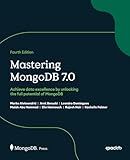
Mastering MongoDB 7.0: Achieve data excellence by unlocking the full potential of MongoDB


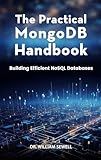
The Practical MongoDB Handbook: Building Efficient NoSQL Databases


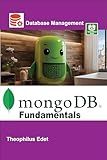
MongoDB Fundamentals (Mastering Database Management Series)


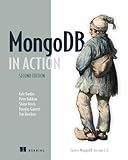
MongoDB in Action: Covers MongoDB version 3.0


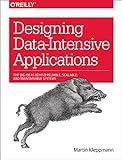
Designing Data-Intensive Applications: The Big Ideas Behind Reliable, Scalable, and Maintainable Systems


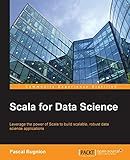
Scala for Data Science: Leverage the power of Scala with different tools to build scalable, robust data science applications


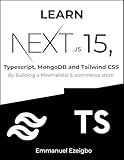
Learn NextJS 15, Typescript, MongoDB and Tailwind CSS: By Building a Minimalistic E-commerce store


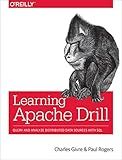
Learning Apache Drill: Query and Analyze Distributed Data Sources with SQL


To update multiple things in a collection in pymongo, you can use the update_many() method. This method allows you to update multiple documents that meet a specific condition or criteria. You can specify the criteria for the update operation using a filter parameter, and then specify the update operation using an update parameter. This way, you can update multiple documents in the collection with a single command. Additionally, you can also use other methods such as bulk_write() to update multiple documents in a more efficient and performant way.
What is the difference between updating a single document and updating multiple documents in a collection in pymongo?
In pymongo, updating a single document in a collection involves specifying a filter to identify the document to update, and then providing the new values to replace the existing values in that document.
On the other hand, updating multiple documents in a collection involves specifying a filter to identify a group of documents to update, and then providing the new values to replace the existing values in those documents that match the filter.
The main difference is that when updating a single document, only one document is affected by the update operation, whereas when updating multiple documents, all documents that match the filter criteria will be updated with the new values.
What is the syntax for updating multiple documents in pymongo?
In pymongo, to update multiple documents, you can use the "update_many()" method. The syntax for updating multiple documents in pymongo is as follows:
collection_name.update_many(filter, update, options)
- "collection_name" is the name of the collection you want to update.
- "filter" is a query that matches the documents you want to update.
- "update" is the update operations to be performed on the matched documents.
- "options" is an optional parameter that can be used to specify additional options for the update operation.
Here is an example of updating multiple documents in pymongo:
from pymongo import MongoClient
Connect to the MongoDB server
client = MongoClient('mongodb://localhost:27017')
Select the database
db = client['mydatabase']
Select the collection
collection = db['mycollection']
Update all documents where the field 'status' is 'pending' to 'completed'
collection.update_many({'status': 'pending'}, {'$set': {'status': 'completed'}})
In this example, the update_many() method is used to update all documents in the collection where the field 'status' is 'pending' to 'completed'.
What is the performance impact of updating multiple documents in pymongo compared to updating a single document?
Updating multiple documents in pymongo can have a greater performance impact compared to updating a single document, as it involves iterating through multiple documents and making individual updates for each one. This can result in increased processing time and potentially higher load on the database server.
When updating multiple documents, it is important to consider factors such as the size of the documents being updated, the complexity of the update operation, and the indexing strategy of the collection. Using bulk write operations or using more efficient update methods can help improve the performance when updating multiple documents.
In contrast, updating a single document is typically faster and more efficient as it involves updating a single record in the database. This can be done using update methods that target a specific document based on a unique identifier or query criteria.
Overall, the performance impact of updating multiple documents in pymongo compared to updating a single document will depend on various factors and it is important to consider the specific use case and requirements when selecting the appropriate update strategy.
